Interoffice Memo Samples
-
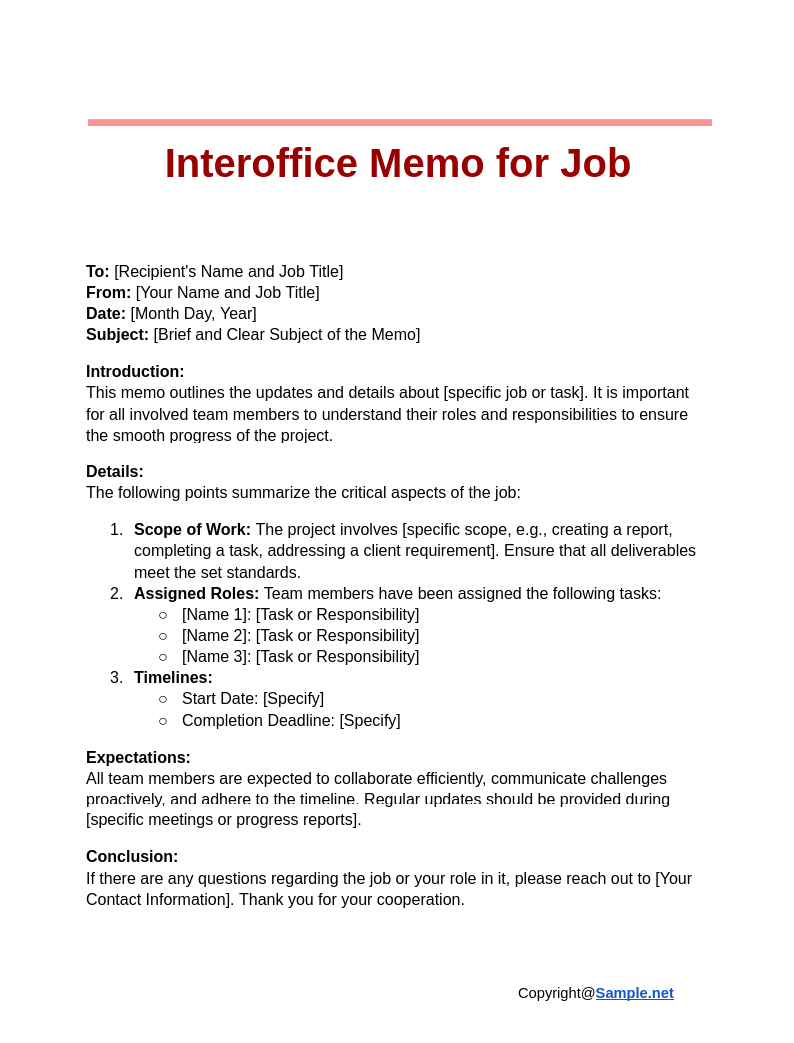
Interoffice Memo for Job
download now -
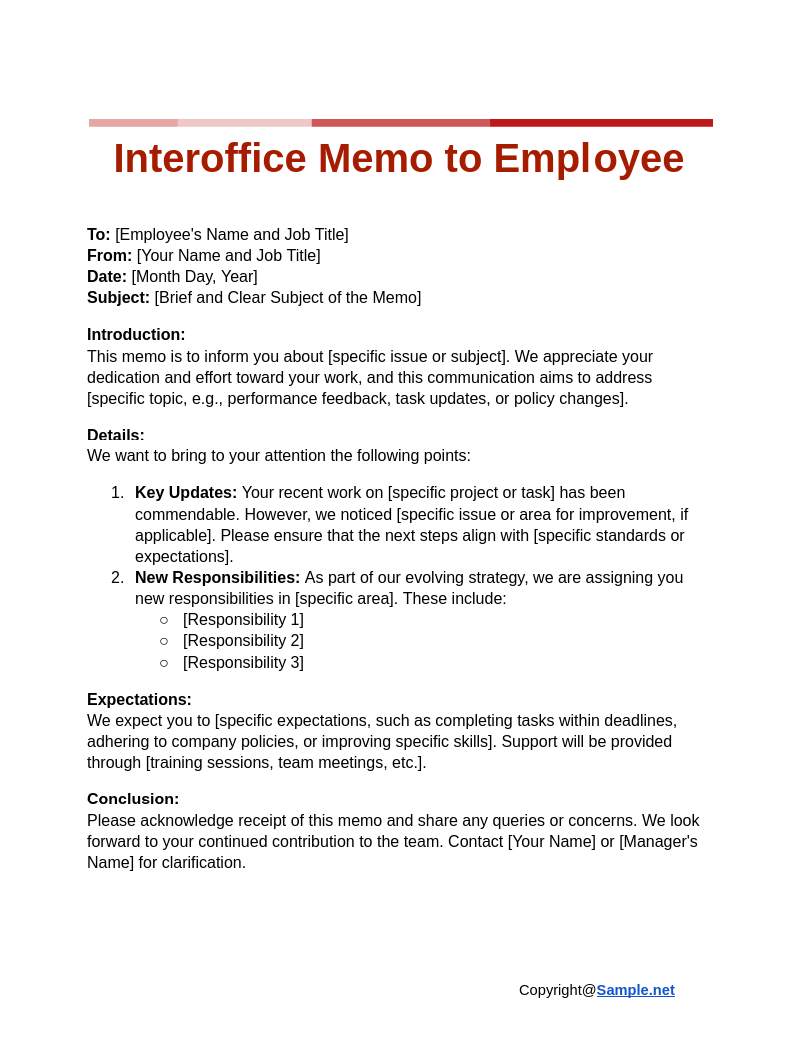
Interoffice Memo to Employee
download now -

Interoffice Construction Memo
download now -
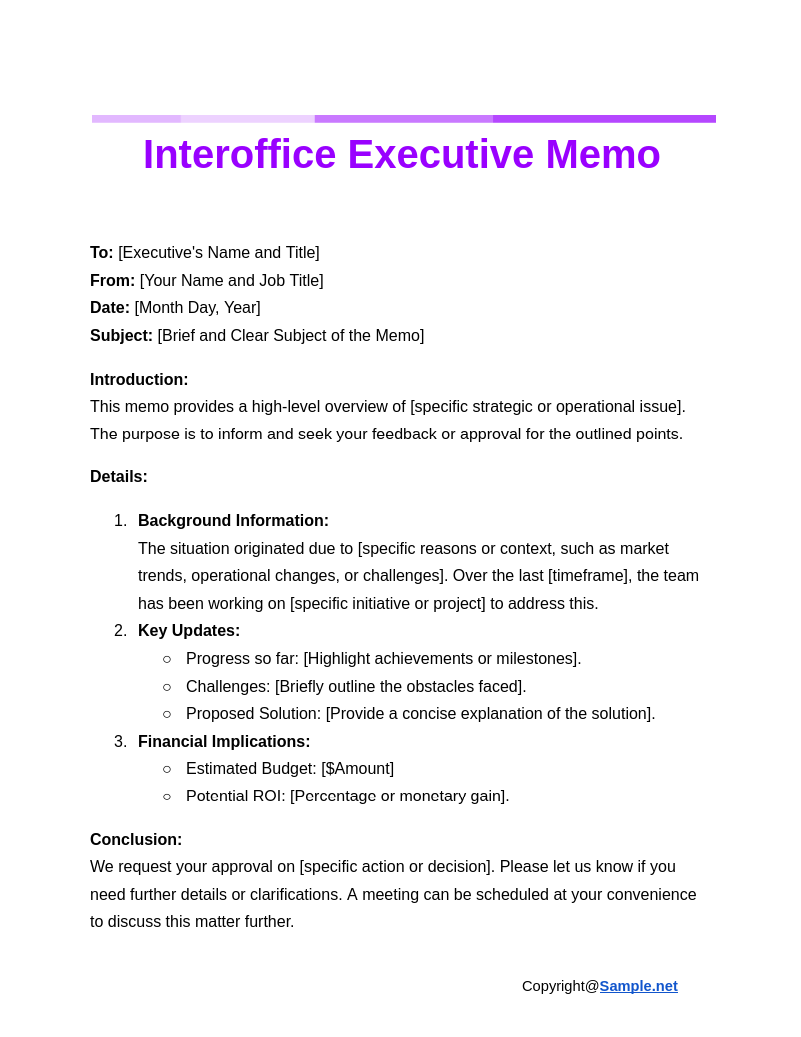
Interoffice Executive Memo
download now -
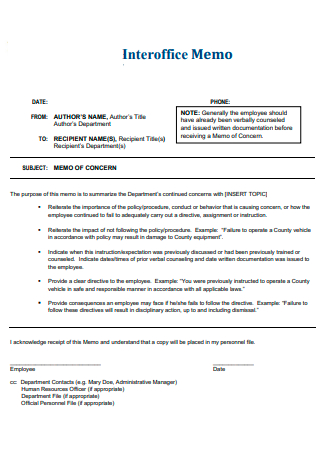
Interoffice Memo Template
download now -
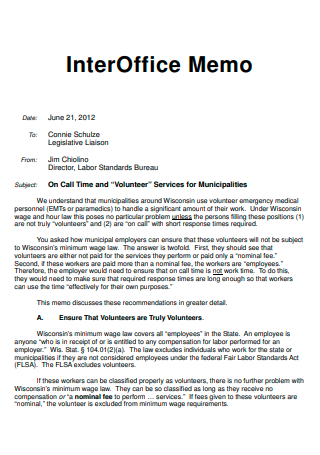
Basic Interoffice Memo
download now -
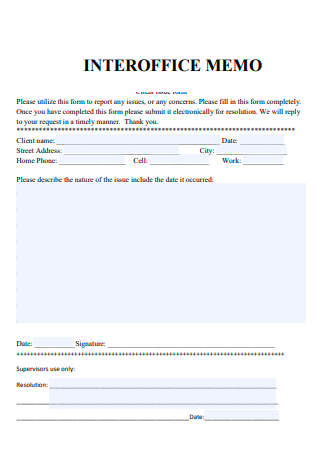
Formal Interoffice Memo
download now -
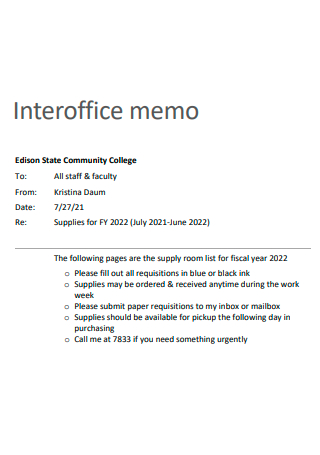
Interoffice Memo Example
download now -
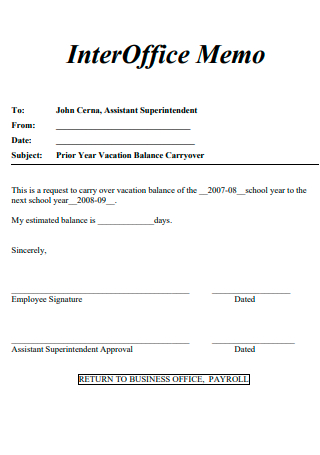
Printable Interoffice Memo
download now -
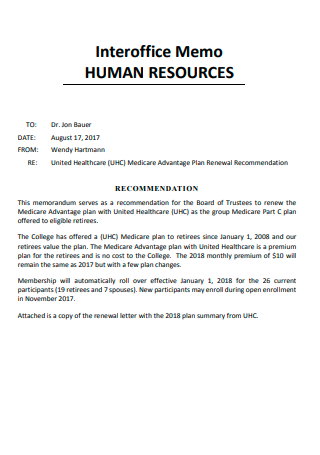
Human Resources Interoffice Memo
download now -

Interoffice Memo in PDF
download now -
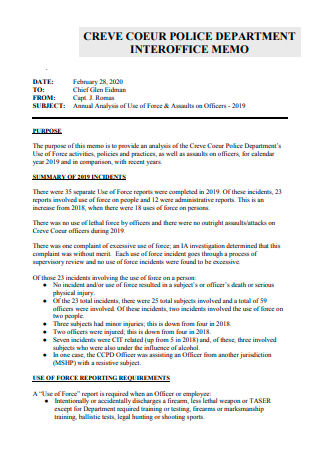
Police Department Interoffice Memo
download now -
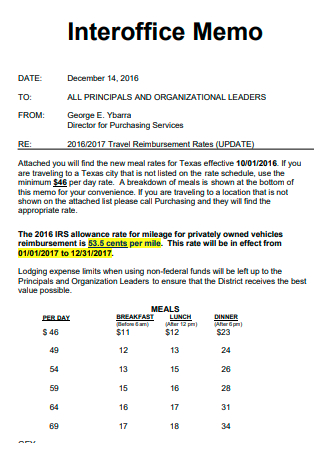
Standard Interoffice Memo
download now -
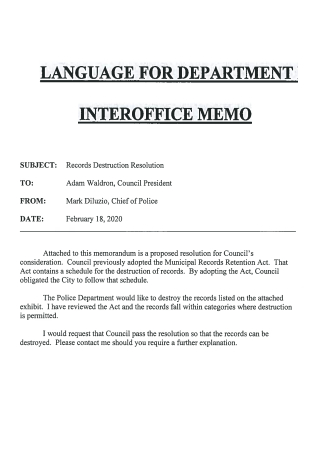
Language For Department Interoffice Memo
download now -
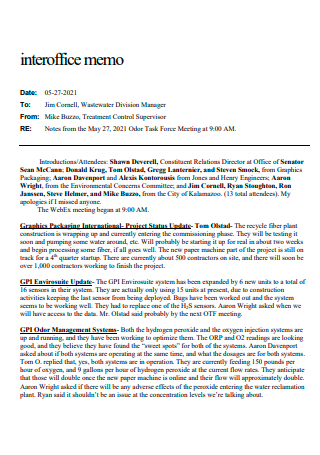
Simple Interoffice Memo
download now -

Interoffice Memo Purchasing Department
download now -
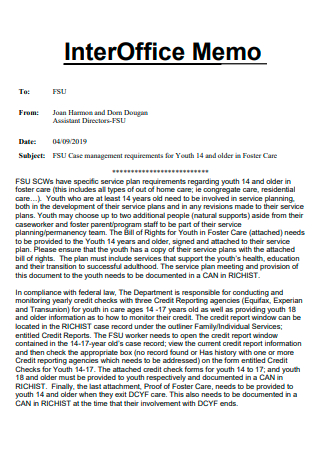
Draft Interoffice Memo
download now -
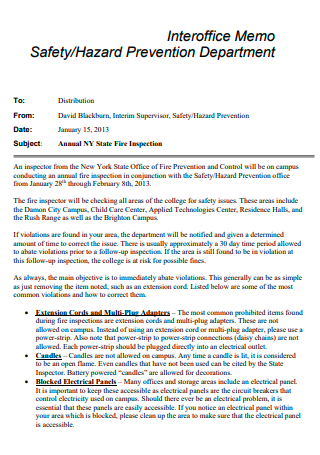
Interoffice Memo Safety Prevention Department
download now -

Interoffice Memo Format
download now
FREE Interoffice Memo s to Download
Interoffice Memo Format
Interoffice Memo Samples
What is an Interoffice Memo?
Purposes of an Interoffice Memo
How to Create an Interoffice Memo
FAQs
What does an interoffice memo provide?
What are the advantages of sending out memos?
What makes a memo different from a letter?
What is the ideal length of an interoffice memo?
When should you use a memo instead of an email?
What are the challenges of using interoffice memos?
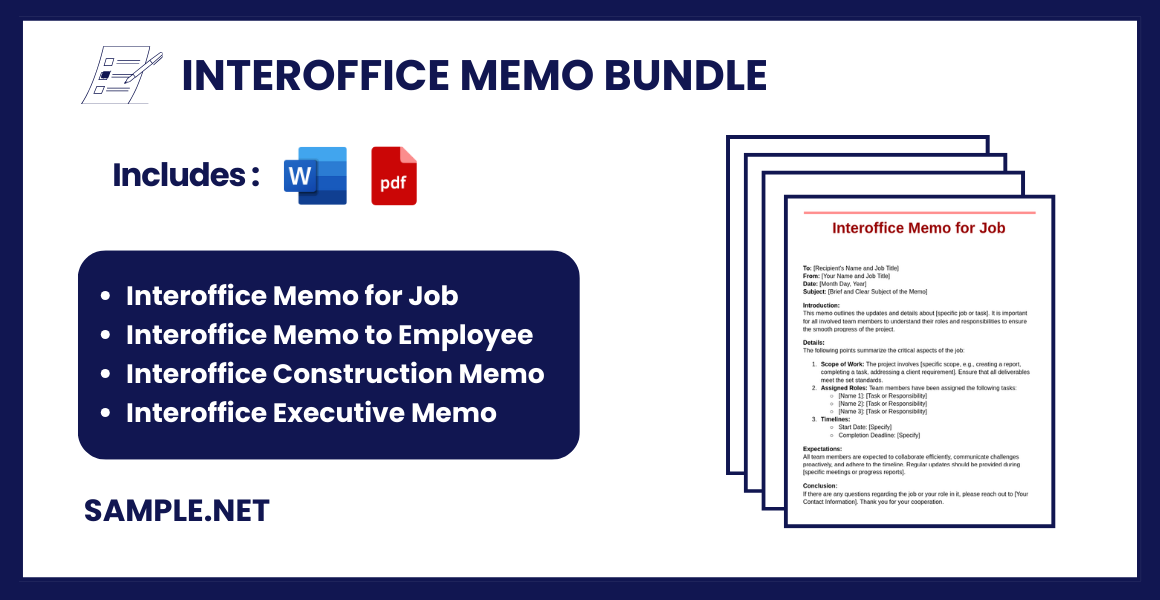
Download Interoffice Memo Bundle
Interoffice Memo Format
To: [Recipient’s Name(s) and Job Title(s)]
From: [Your Name and Job Title]
Date: [Month Day, Year]
Subject: [Brief and Clear Subject of the Memo]
Introduction
[State the purpose of the memo in a concise and straightforward manner. Highlight the main point in one or two sentences.]
Details
[Provide detailed information relevant to the subject. Use bullet points or numbered lists for clarity if needed. Break content into paragraphs for easy reading.]
- Background Information:
[Provide any necessary context or background information.] - Key Points or Issues:
- [Bullet point key issues or details.]
- [Add additional bullets if needed.]
- Proposed Actions (if applicable):
- [Action step 1 with details.]
- [Action step 2 with details.]
Conclusion
[Summarize the key takeaways or provide a closing statement. If action is required, specify the deadline and the next steps.]
Attachments: [List any supporting documents, if applicable.]
What is an Interoffice Memo?
An interoffice memo is an internal communication tool used in organizations to convey important messages, updates, or instructions to employees or specific departments. Unlike emails, memos are more formal and structured, typically used for official announcements or documentation of decisions. They are written with a clear subject line, an introduction stating the purpose, and detailed content explaining the issue or directive. This ensures effective dissemination of information while maintaining professionalism within the workplace. You can also see more on Staff/Employee Memo.
Purposes of an Interoffice Memo
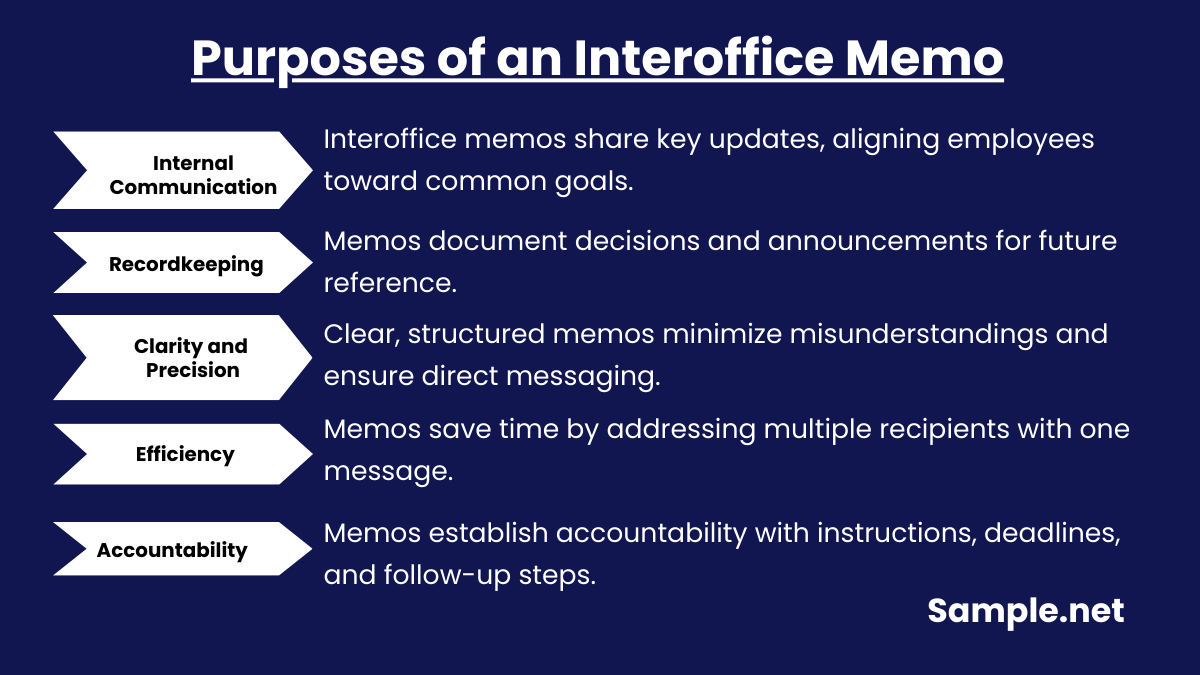
1. Internal Communication
Interoffice memos are designed to communicate important information, updates, or directives within an organization. They ensure employees or departments are informed about key developments and align everyone toward a common goal.
2. Recordkeeping
Memos serve as formal records for internal communication. They document decisions, announcements, or policy changes, creating a traceable reference for future use, audits, or accountability.
3. Clarity and Precision
By providing structured and clear information, memos reduce misunderstandings. They allow organizations to convey messages in a way that is easy to understand and direct. You can also see more on School Memo.
4. Efficiency in Communication
Memos address multiple recipients at once, saving time and effort. They are ideal for disseminating information quickly and effectively without requiring repeated explanations.
5. Accountability and Follow-Up
Interoffice memos establish accountability by ensuring that employees receive and acknowledge important information. They often include instructions, deadlines, or next steps, enabling smooth follow-up actions. You can also see mroe on Project Memo.
How to Create an Interoffice Memo
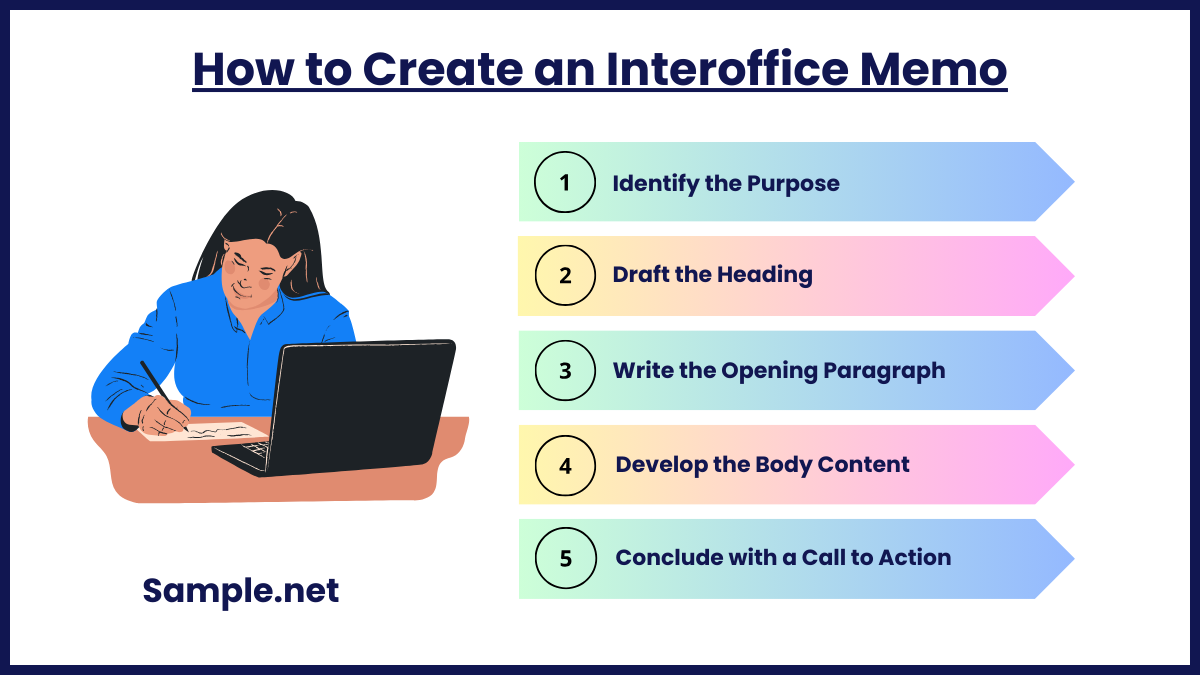
Step 1: Identify the Purpose
Begin by clarifying the purpose of the memo. Understand the message you need to convey and who the recipients will be. A clear understanding of the objective ensures the memo stays focused and relevant. Write down key points to include, ensuring no critical information is overlooked.
Step 2: Draft the Heading
At the top of the memo, include details such as the date, recipient(s), sender, and subject line. The subject should be specific, summarizing the memo’s main topic. This helps recipients quickly grasp the purpose of the memo at first glance. You can also see more on Meeting Memo.
Step 3: Write the Opening Paragraph
Start with a brief introduction explaining the purpose of the memo. This paragraph should capture the reason for the communication, providing a summary of what the reader can expect in the body of the memo. Be concise but engaging.
Step 4: Develop the Body Content
Provide detailed information, organized logically. Use short paragraphs and headings if necessary for clarity. Explain the key points or instructions, ensuring the tone remains professional and respectful. Address potential questions or concerns proactively. You can also see more on Credit Memo.
Step 5: Conclude with a Call to Action
End the memo with a closing paragraph summarizing the main points. Include a clear call to action, such as requesting feedback, implementing changes, or attending a meeting. Ensure your contact details are available for follow-up if needed.
Interoffice memos are vital for streamlined communication in any organization. They ensure messages are clear, documented, and effectively reach their target audience. By maintaining professionalism and structure, interoffice memos help businesses stay organized and informed, ultimately contributing to better teamwork and productivity across all levels of the company. You can also see more on Business Memorandum.
FAQs
What does an interoffice memo provide?
Various interoffice memoranda are generally used to send policy updates, reminders, and other confidential information to various departments within the company. Its purpose is to inform readers, draw their attention to problems, or remind them of important Events, deadlines, or tasks.
What are the advantages of sending out memos?
The most common written tool for internal communication is the memo. Memos have the advantage of being brief and to the point. It is a timely achievement. They can provide a permanent record for future reference. It is also written to remind someone of action if necessary. Furthermore, they are inexpensive because the content they contain is often limited to one to two pages, allowing for ink and paper conservation. You can also see more on Deal Memo’s.
What makes a memo different from a letter?
A memo, like a Letter, can be handwritten, typewritten, or printed from a computer. Unlike a letter, a memo does not always require the use of a courier because it is intended for a recipient within the organization, though memos can also be sent to other branches of the company.
What is the ideal length of an interoffice memo?
An interoffice memo should be concise, ideally fitting within one page. This ensures that recipients can quickly grasp the message without unnecessary details. You can also see more on Audit Memo.
When should you use a memo instead of an email?
Use memos for formal communication, such as policy changes, meeting updates, or official announcements, where documentation and clarity are crucial.
What are the challenges of using interoffice memos?
Challenges include ensuring clarity, avoiding misunderstandings, and balancing brevity with the need to provide enough information. Overusing memos for minor issues can also reduce their impact. You can also see more on Legal Memo.
